The Weird of Oz Wishes You a Happily Horrifying Hallowe’en
Don’t fear the Reaper. — Blue Oyster Cult

Oh, I’ve loved being spooked, terrified, creeped out since I was knee-high to a werewolf and not much bigger than Bigfoot’s foot.
Okay, sometimes I chickened out; it got too much for me.
I have a vague recollection of my Grandpa Yontz, who died when I was very young, taking me into one of those spookhouses somewhere along the side of the road. We got a few feet into the dark, narrow entry hall. Up ahead to our right, glowing heads hung suspended in air (recalling it decades later, and now being something of a scholar of spookhouses, I can exactly identify the effect: polystyrene mannequin heads, the kind used to display wigs, strung up on fishing line beneath an ultraviolet light). Even then, I knew they weren’t real, but that’s as far as I got. I just couldn’t bring myself to plunge further into that black unknown. I ignored my grandpa’s reassurances, pulled my hand away from his, and darted back for the entrance.
Within a year or two, a real horror visited us: my grandpa was snatched away in a traffic accident on a narrow road coming back from a camping trip on the Mogollon Rim. In the face of reality, pretend horrors aren’t so scary after all, and I never again turned away from a spookhouse or a scary movie.

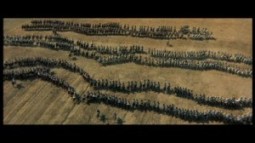

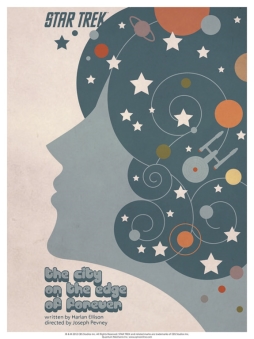 This is the second part of my attempt to write about Star Trek, and specifically the episode “The City on the Edge of Forever.” For reasons which I hope will soon make sense
This is the second part of my attempt to write about Star Trek, and specifically the episode “The City on the Edge of Forever.” For reasons which I hope will soon make sense 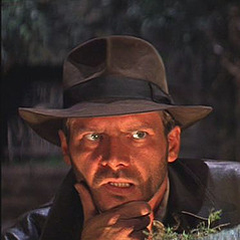
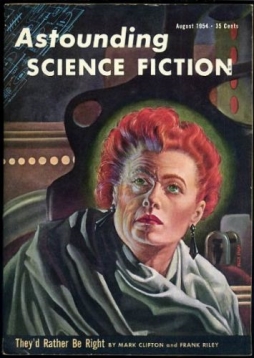 I want to write about Star Trek. Specifically, about the episode “The City on the Edge of Forever.” But I’m not going to do that right now. I’ll get there, but I’m going to start off by writing about a well-known prose sf story that to me parallels “City” in some interesting ways. Then, in my next post, I’ll go on to write about the Trek episode and make a fuller comparison (edit to add: time having passed,
I want to write about Star Trek. Specifically, about the episode “The City on the Edge of Forever.” But I’m not going to do that right now. I’ll get there, but I’m going to start off by writing about a well-known prose sf story that to me parallels “City” in some interesting ways. Then, in my next post, I’ll go on to write about the Trek episode and make a fuller comparison (edit to add: time having passed, 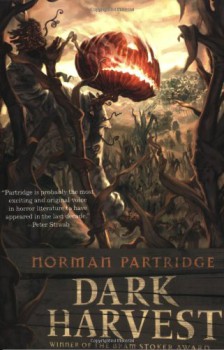 As Stephen King once observed, horror has a short shelf life. What scares us today will lose its impact tomorrow. The shock of the new will wear off, the fear of the unknown dispelled by our having come to know it.
As Stephen King once observed, horror has a short shelf life. What scares us today will lose its impact tomorrow. The shock of the new will wear off, the fear of the unknown dispelled by our having come to know it.

